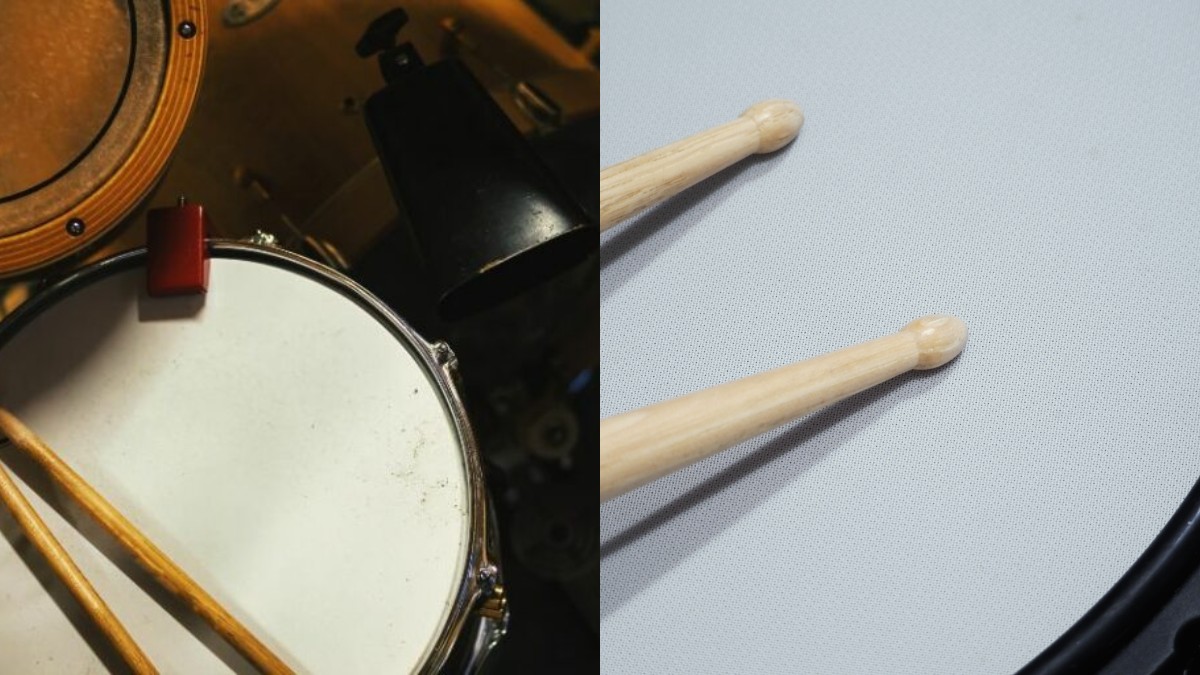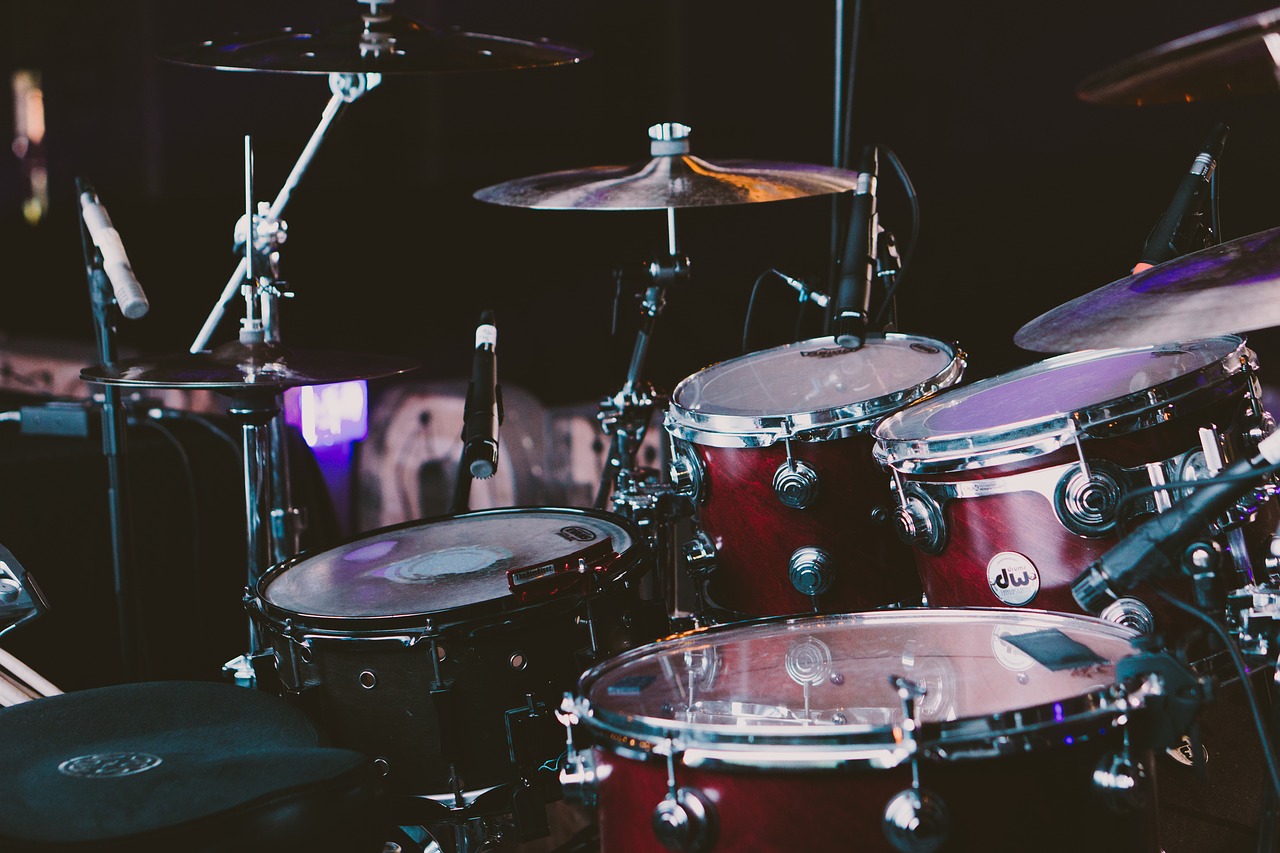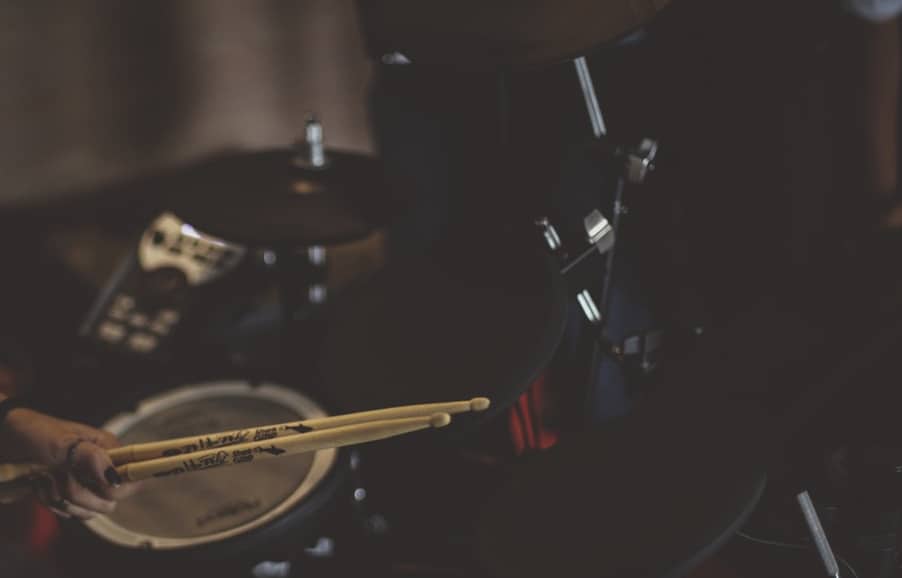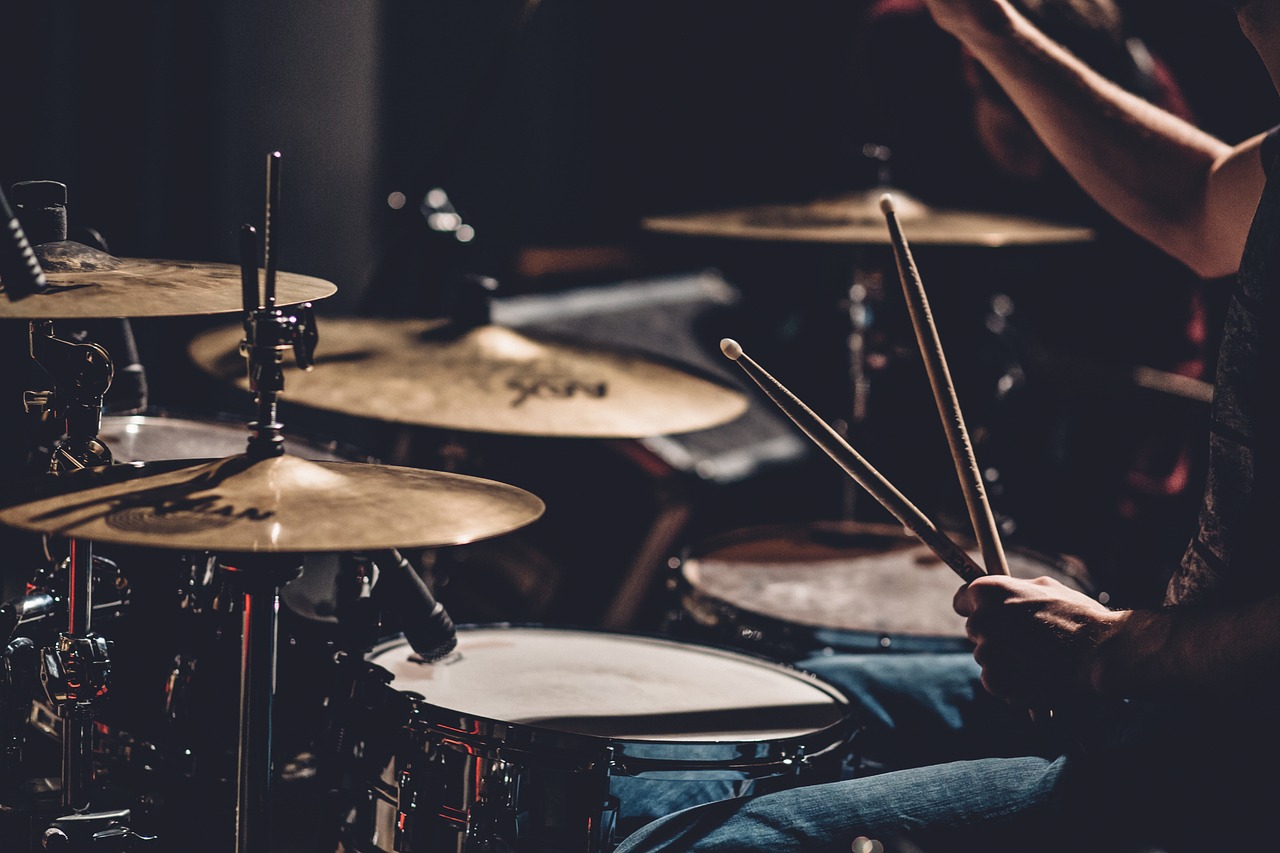How To Set Up Double Bass Pedals With Your Drum Set
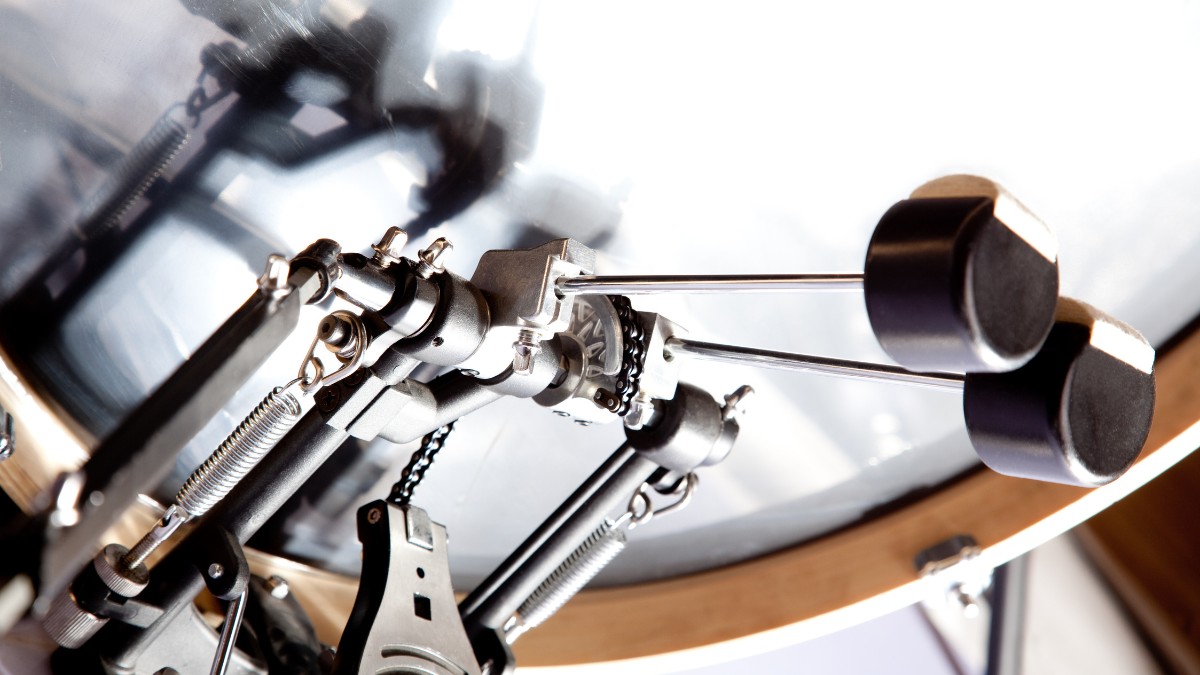
Setting up double bass pedals involves connecting the master and slave pedal, attaching the master pedal and positioning the slave pedal next to the hi-hat pedal, and testing out the setup with convenience in mind so that you can play comfortably.
The process of setting up double bass pedals is a straightforward one that requires just a bit of research. You need to connect both pedals, attach and position them, and make sure they are comfortable for you to play. Naturally, adjusting the spring tension, footboard angle, and beater height are adjustable features to keep in mind when doing this.
Let’s go over the step-by-step process of how to tackle setting up double bass pedals so that everything fits and plays comfortably.
Placing the Double Bass Pedals
As you set up your double bass pedals, the placement of the master and slave pedal is crucial for balance and convenience. To properly position the pedals:
- Ensure the master pedal is attached to your bass drum and is easily reachable for your dominant foot i.e. as you would a single drum pedal.
- Place the slave pedal right next to the hi-hat pedal, so your non-dominant foot can comfortably operate it without straining. Most commonly, the slave pedal should be on the left side of the hi-hat pedal but this is optional if you prefer it the other way.
- Fine-tune the pedal positions so that you feel comfortable and confident in executing various drumming techniques.
Adjusting the Pedals
Once the first step is done, you’ll need to adjust the pedals to achieve optimal performance and comfort while playing. Here are some key adjustments to consider:
Spring tension
Modify the tension in your pedals to match your playing style, with looser tension for more relaxed playing and tighter tension for faster, more aggressive drumming.
Footboard angle
Customize the angle of the footboard according to your comfort, ensuring your foot can maintain contact and control of the pedal motion.
Beater height
Set the height of the beater so that it strikes the bass drum head at a desired location, usually in the middle of the drumhead for optimal sound.
It’s vital to take the time to experiment with these adjustments, finding the right balance that suits your unique drumming style. By optimizing pedal tension, footboard angle, and beater height, you’ll achieve greater comfort and efficiency while playing.
Conclusion
Setting up double bass pedals is an easy process that takes little time. You need to connect the master and slave pedal, attach the master pedal to the bass drum and position the slave pedal next to the hi-hat pedal, and finally, adjust the positions so that you can play comfortably. Remember to take the time to experiment with pedal tension, footboard angle, and beater height, so that your double bass pedals become an extension of your natural playing style.

